15 Intriguing Facts and Myths About the Great Lakes You Should Know
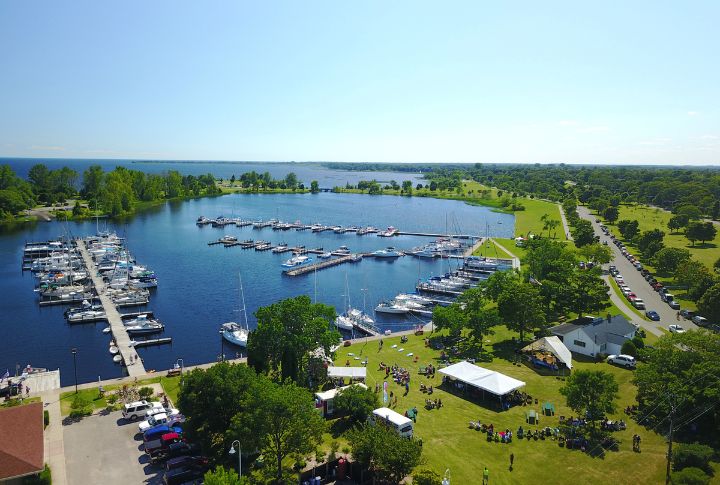
Did you know the Great Lakes hold 84% of North America’s fresh water? Spanning across a huge area, these lakes have more than just size to show—they’re home to some surprising mysteries and strange tales. Here are 15 mind-blowing facts and myths about these incredible waters.
Lake Superior’s Incredible Size
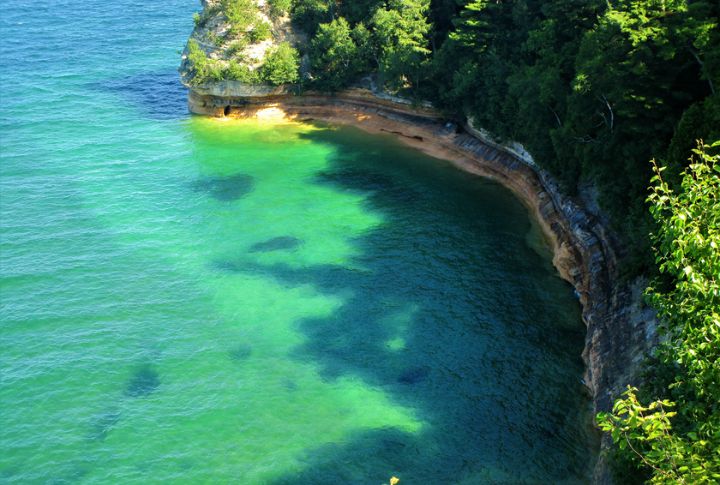
This lake alone covers more area than any other freshwater lake on Earth. Imagine a lake so large it could fit the states of Vermont, New Hampshire, and Massachusetts combined! Lake Superior’s massive size is about 31,700 square miles and it plays a huge role in the Great Lakes ecosystem by supplying water to millions.
Mystery of the Great Lakes Shipwrecks
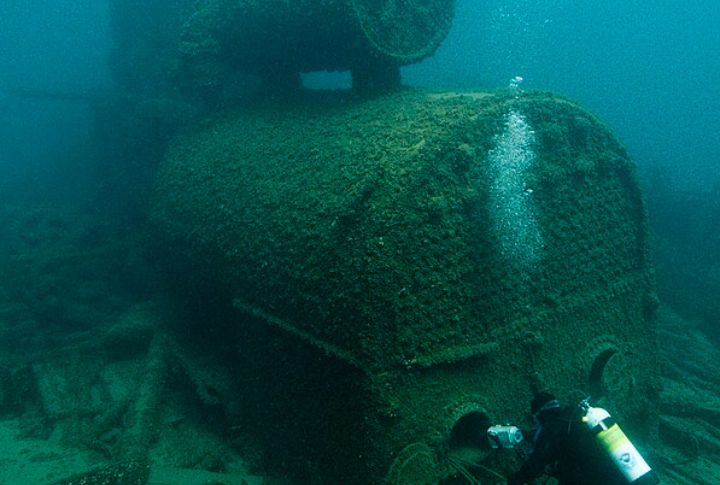
Thousands of ships have gone down in the Great Lakes, creating an underwater museum of sorts. Lake Superior alone holds over 550 wrecks, including the famous Edmund Fitzgerald. These wrecks bring divers and history buffs from all around to explore their eerie underwater secrets.
The “Sweetwater Seas”
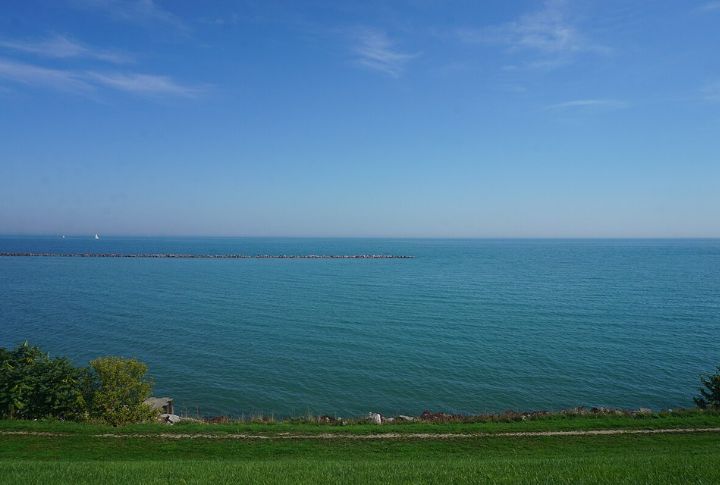
Nicknamed the “Sweetwater Seas,” the Great Lakes hold the most freshwater in one spot on Earth. Together, they make up 20% of the planet’s fresh surface water. It’s like having a giant water reservoir right in North America, a true natural treasure.
Oldest Lakes in North America
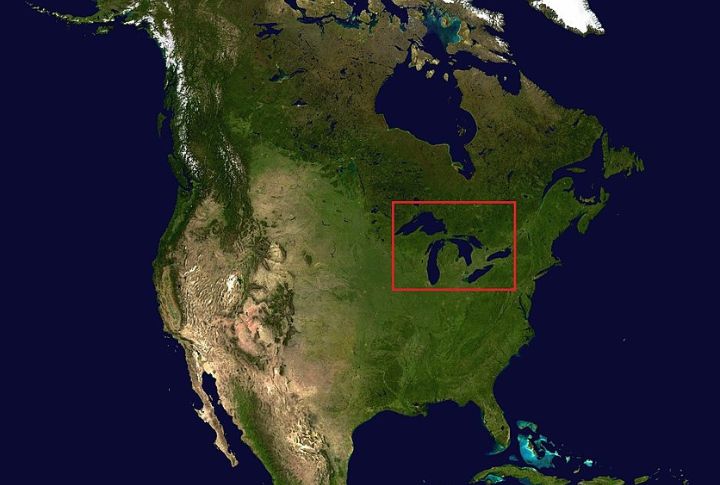
These ancient lakes have supported wildlife and communities for thousands of years. Formed by glaciers over 10,000 years ago. They’re rich in history and unique ecosystems. Even now, these lakes continue to shape local environments and provide vital resources for both nature and humans.
A Border Between Two Countries
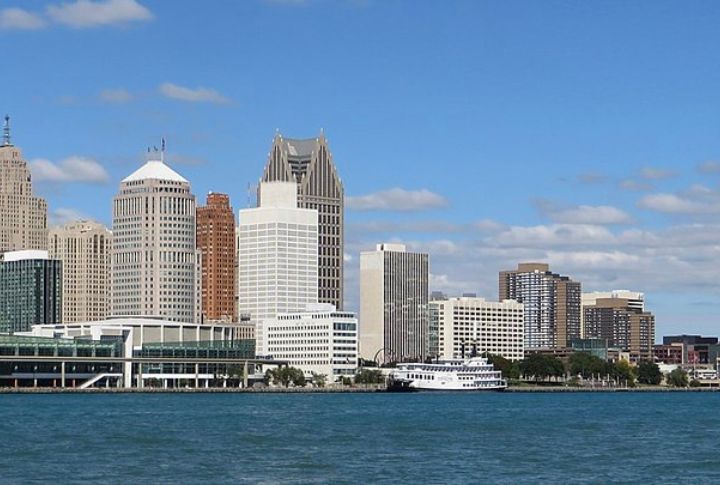
More than just a body of water, the Great Lakes unite nations and create a cultural connection by forming a natural boundary between the United States and Canada. This shared resource binds the two countries together, from fishing disputes to scenic border parks.
The Great Lakes’ Mythical Creature
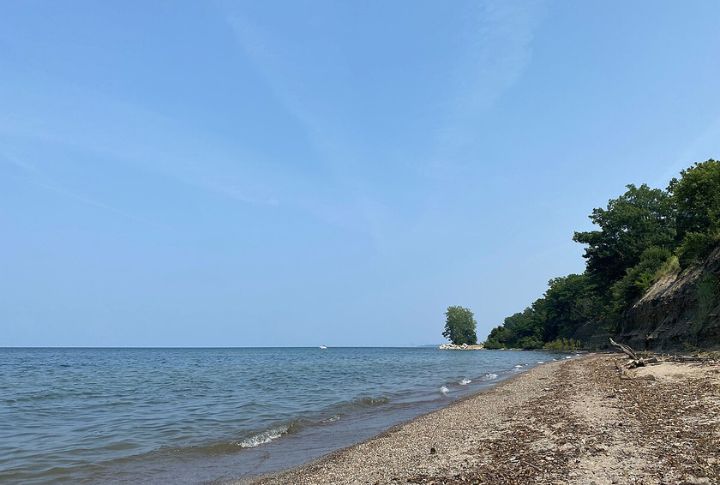
Lake Erie’s “Bessie” is a mythical creature some locals claim to have spotted since the 1800s. Described as a giant, snake-like creature, sightings keep the legend alive. True or not, Bessie adds an air of mystery and fun to Lake Erie’s already intriguing history.
Freshwater Snorkeling Paradise
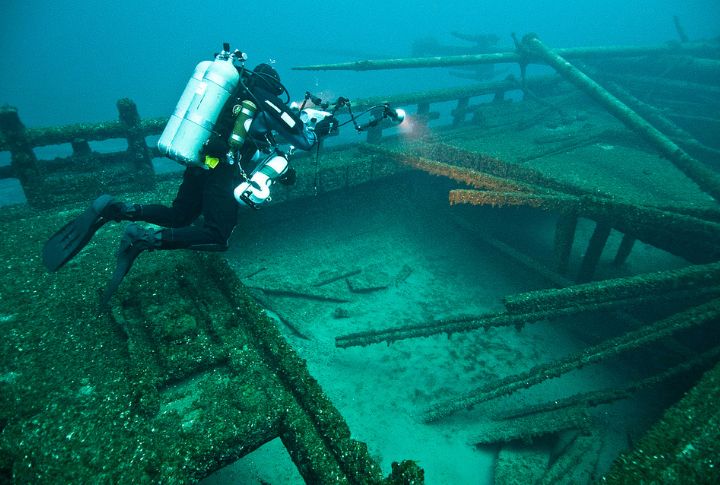
You don’t need saltwater for amazing snorkeling! The Great Lakes offer some of the best freshwater snorkeling spots in the world. It’s like a hidden adventure beneath the waves. With their crystal-clear waters, shipwrecks, and fascinating fish species, they’re a paradise for underwater explorers.
Frozen Over in Winter
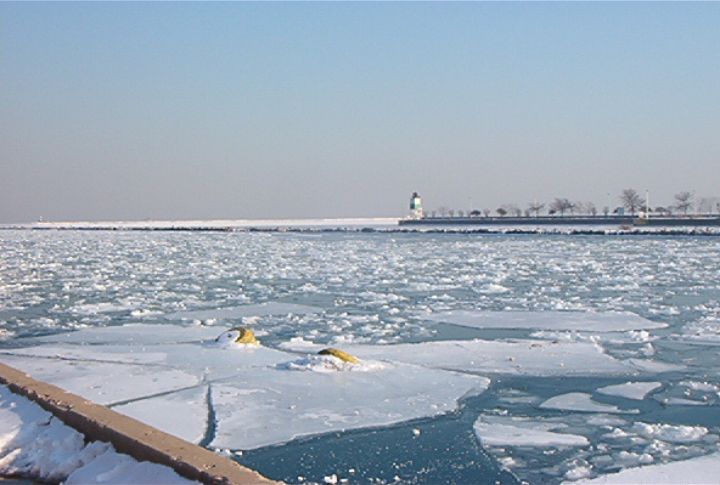
Winters transform the Great Lakes with dramatic ice cover, and lakes such as Erie can freeze nearly entirely. While full freezes are rare, sections of Michigan and Huron turn into icy playgrounds. The stunning frozen waves and formations attract photographers and adventurers looking for unique winter views.
Home to Unique Species
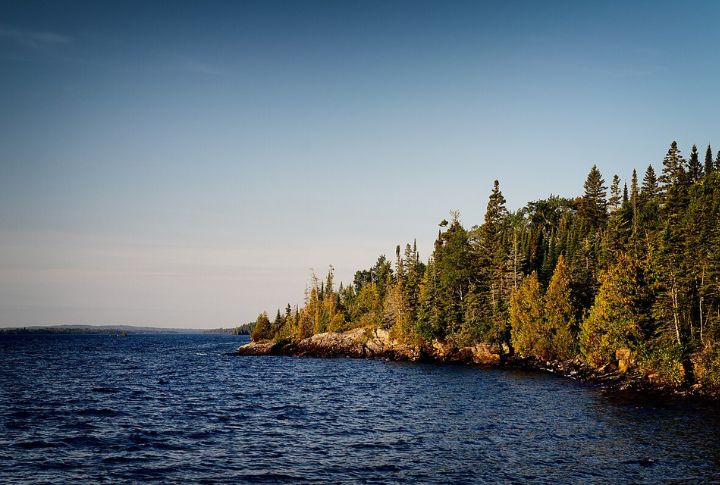
The region houses animals and fish found nowhere else, which makes it a living laboratory for biologists. For instance, Lake Superior’s Isle Royale hosts unique wildlife like moose and wolves. This ecosystem is special and supports a delicate balance.
Lake Michigan’s Own Sand Dunes
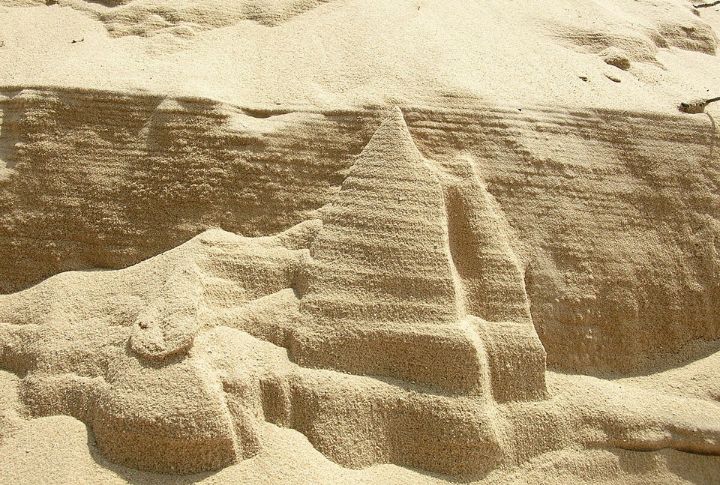
Silver Lake Sand Dunes stretch along Lake Michigan’s eastern shore and look like a mini desert. These dunes rise to 450 feet and attract thrill-seekers for sandboarding and dune buggy rides. A rare sight along a freshwater lake, they add a fun twist to Lake Michigan.
Underwater Forests
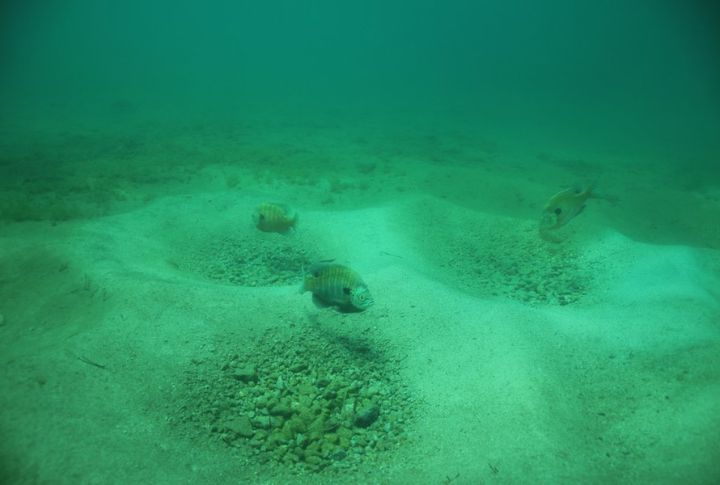
Deep within the lakes lie ancient underwater forests, remnants from an era long past. Scientists study these submerged trees to uncover ancient climates and ecological shifts. The eerie, preserved forests give the lakes a mysterious feel that few other places can match.
A Destination for Stargazers
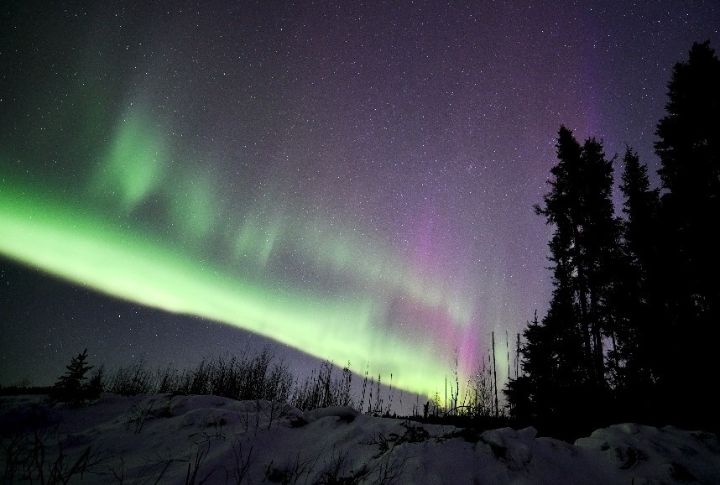
Some of the best stargazing happens around these lakes, where light pollution is low. On a clear night, you might even see the Northern Lights in certain spots. This makes stargazers flock to places like Pictured Rocks in Michigan for a night under the stars.
Fishing Hotspot for Generations
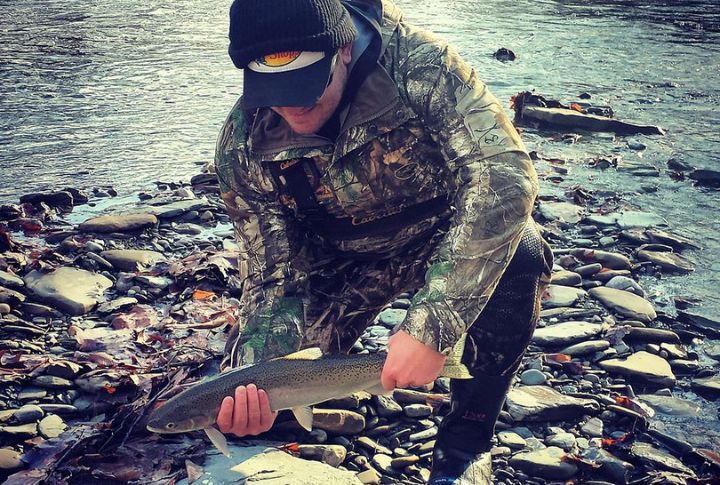
The Great Lakes support a massive fishing industry and produce millions of pounds of fish each year. They’ve been a vital source of food and income for generations. Anglers catch everything from lake trout to perch and sustain a tradition that’s deeply rooted in local culture.
Niagara Falls Links Two Great Lakes

The most iconic natural landmark, Niagara Falls connects Lake Erie to Lake Ontario. Each minute, over 85,000 cubic feet of water plummet over the falls, shaping the terrain for thousands of years. Plus, the falls have been a key source of hydroelectric power for the region.
Unusual Waves Called Seiches
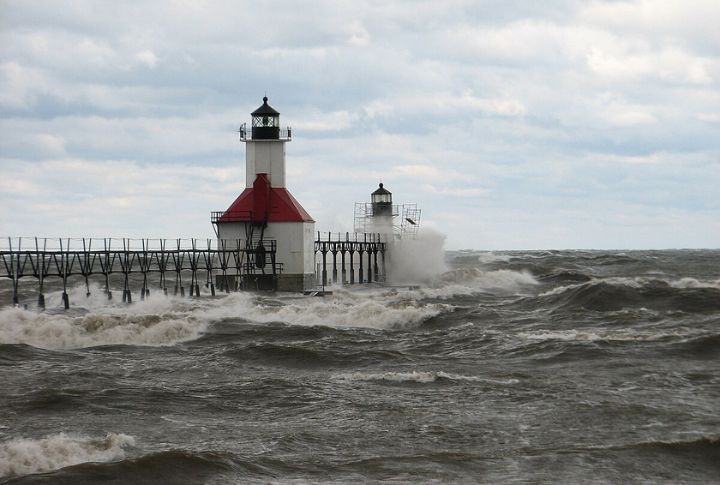
Unlike ocean waves, these lakes produce “seiches,” which look like mini-tsunamis. Strong winds or rapid changes in air pressure cause water to slosh back and forth and create waves that can be dangerous along the shore. These waves add a unique element to the Great Lakes’ personality.





